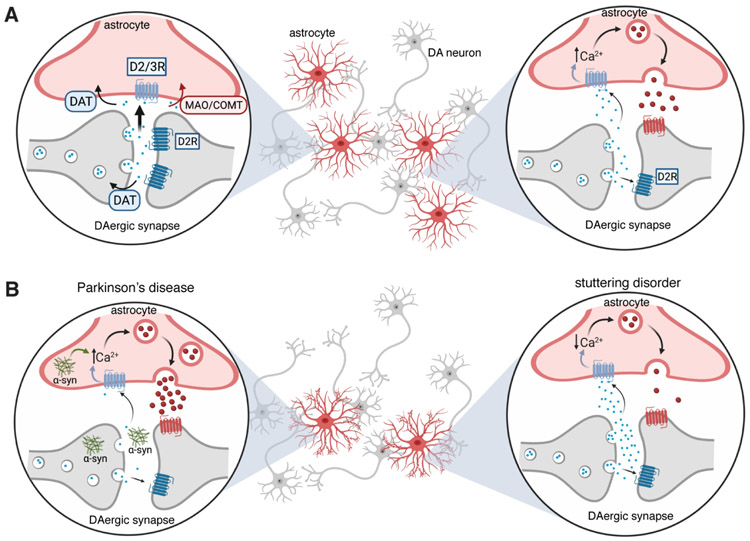Figure 2 ∣. Astrocytes in dopaminergic circuits of basal ganglia.
(A) (left) Presynaptic dopaminergic neuron releases dopamine (DA) into synaptic cleft, in which, DA binds to the postsynaptic DA receptor (such as D2R) and is also recycled back into the presynaptic neuron by DAT. However, some dopamine transmitter may also be recycled back through astrocytes potentially through DAT and/or COMT to recycle or break down dopamine, respectively. (right) Following the release of dopamine from the presynaptic terminal, dopamine may also bind to the D2R on astrocytes and lead to an increase in the levels of intracellular calcium ([Ca2+]i), which in turn facilitates the release of gliotransmitters (such as ATP/adenosine and others). The released gliotransmitters affect neurons in the region. (B) (left) Dopaminergic neuronal synapse in a Parkinson’s diseased brain where DA degeneration is prominent and less DA is released into the synapse. In addition to release of DA is release of aggregate alpha-synculein (α-syn). DA and aggregated alpha-synculein are taken up by astrocytes, which causes a dysregulation of [Ca2+]i and an increased release of adenosine. (right) Presynaptic dopamine release increases in the case of developmental stuttering disorder which accumulates in the synapse where it can bind to the postsynaptic receptors, be taken back up by the presynaptic neuron or by the nearby astrocyte. In the proposed model, this increase in DA causes a decrease in [Ca2+]i activity and a reduction in release of gliotransmitters. Abbreviations: [Ca2+]i – intracellular calcium concentrations, COMT - catechol-O-methyltransferase, D2R – dopamine receptor D2, D3R – dopamine receptor D3, DA - dopamine, DAT – dopamine transporter, MAO - monoamine oxidase.

